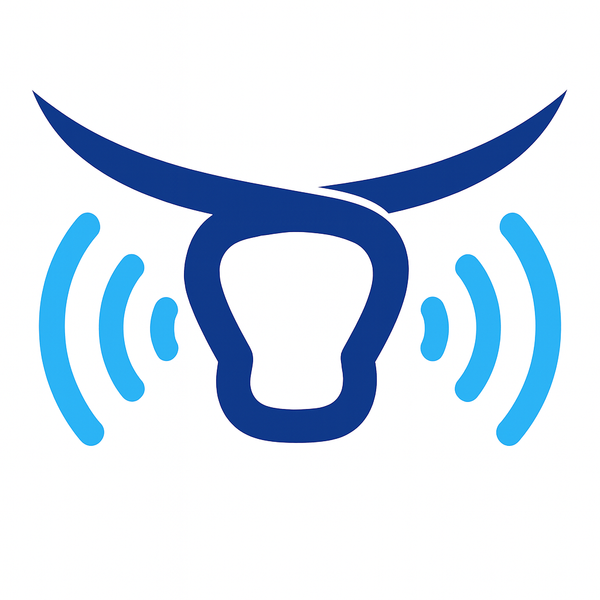The Future of AI and Chatbot Assistants in Cattle Farming
Share
Artificial intelligence (AI) and chatbot technology are transforming industries worldwide, and the beef cattle farming sector is no exception. These innovative tools have the potential to revolutionize the way farmers manage their herds, improving efficiency, productivity, and profitability. This blog post explores the future of AI and chatbot assistants in the beef cattle farming industry, discussing how these technologies can benefit farmers and what we can expect in the coming years.
Unlocking Data-Driven Decision Making
One of the most significant benefits of AI and chatbot technology in beef cattle farming is the ability to collect and analyze vast amounts of data, enabling farmers to make more informed decisions. AI-powered tools can process data from various sources, such as sensors, weather forecasts, and market trends, providing insights and recommendations that help farmers optimize their operations.
For example, AI can analyze cattle's weight data, genetic information, and health records to determine the best breeding strategies, ensuring the production of high-quality offspring. Similarly, AI can process data on feed consumption, growth rates, and environmental factors to optimize feeding practices, reducing costs and improving animal health.
Chatbots can serve as user-friendly interfaces for farmers to access these insights, making it easier for them to implement data-driven decisions. By asking a chatbot for recommendations on breeding or feeding strategies, farmers can quickly access valuable information without having to sift through complex datasets.
Enhanced Health Monitoring and Disease Prevention
AI and chatbot technology can also play a significant role in improving animal health and preventing disease outbreaks. AI algorithms can analyze data from wearable sensors, detecting early signs of illness or stress in cattle. This enables farmers to respond quickly and minimize the impact on productivity and animal welfare.
Chatbots can assist by providing farmers with real-time alerts and updates on their cattle's health status, as well as offering advice on the appropriate course of action, such as adjusting feed rations or administering medication. By automating health monitoring and providing expert guidance, AI and chatbot technology can help reduce the risk of disease outbreaks and improve overall herd health.
Labor Efficiency and Workforce Management
AI-powered chatbots can also improve labor efficiency and workforce management in the beef cattle farming industry. By automating routine tasks and providing instant access to information, chatbots can reduce the time spent on manual data entry, record-keeping, and research, allowing farm staff to focus on more critical tasks.
In addition, chatbots can assist with workforce management by helping farmers schedule tasks, assign roles, and track progress. This can result in more efficient use of labor resources and improved overall farm productivity.
Future Developments and Potential Challenges
As AI and chatbot technology continue to advance, we can expect further integration with other emerging technologies, such as robotics, drones, and the Internet of Things (IoT). This integration will enable even greater automation and precision in farm management, leading to more sustainable and efficient beef cattle farming practices.
However, the widespread adoption of AI and chatbot technology in the beef cattle farming industry is not without its challenges. Concerns about the need for investment in infrastructure may pose barriers to adoption for some farmers.
Moreover, as AI and chatbot technology becomes more sophisticated, ethical considerations surrounding the use of AI in animal welfare and decision-making will need to be addressed, ensuring that these technologies are used responsibly and transparently.
Conclusion
The future of AI and chatbot assistants in the beef cattle farming industry holds significant promise for improving efficiency, productivity, and animal welfare. By leveraging data-driven insights, enhancing health monitoring, and optimizing labor management, these technologies can revolutionize the way beef cattle farmers manage their herds. While challenges remain, continued innovation continues to deliver significant productivity gains for early adopters of this new technology.
